High-technology company Trumpf and the University of Geneva have fired up a laser-based lightning rod at the top of Säntis mountain in Switzerland for the first time. Over the next few weeks, the researchers will be using this powerful system to conduct a series of weather experiments. Their aim is to control lightning from storm clouds and direct the strikes to places where they cannot cause any damage. Clemens Herkommer – who works at Trumpf Scientific Lasers in Unterföhring near Munich – has spent the past four years developing a one-of-a-kind super laser to make this goal a reality: “The laser lightning rod is currently one of the most powerful lasers in its class. By shooting a thousand laser pulses a second into the clouds, we can safely discharge the lightning and make the world that little bit safer!” says Herkommer.
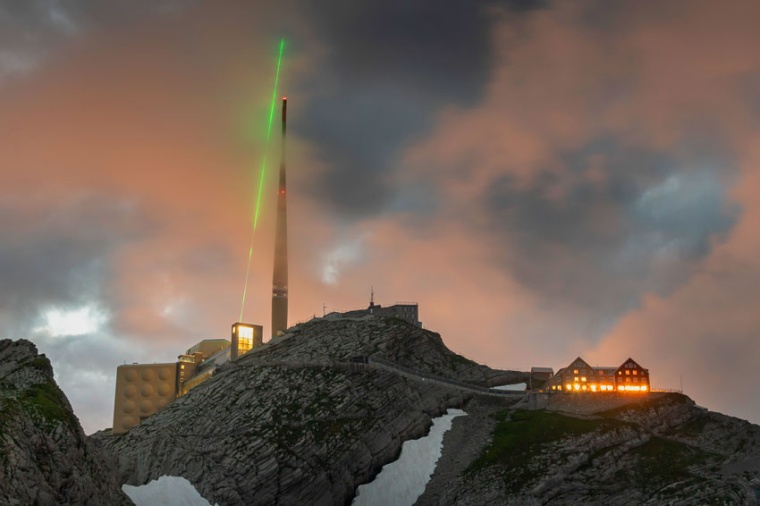
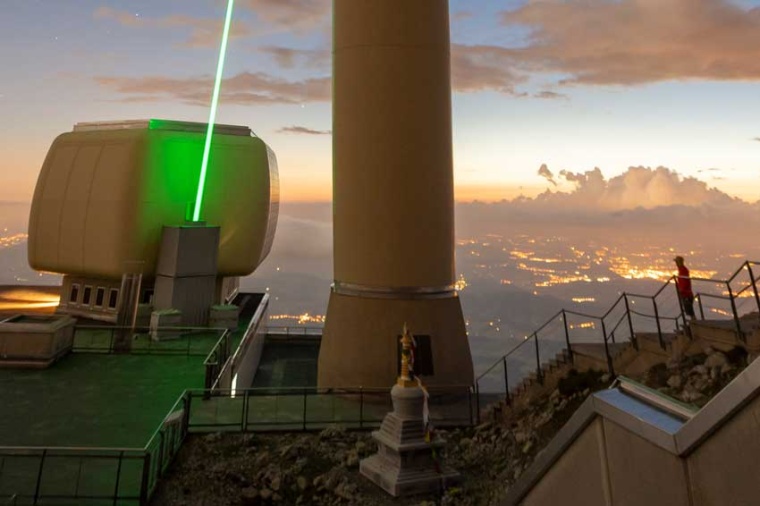
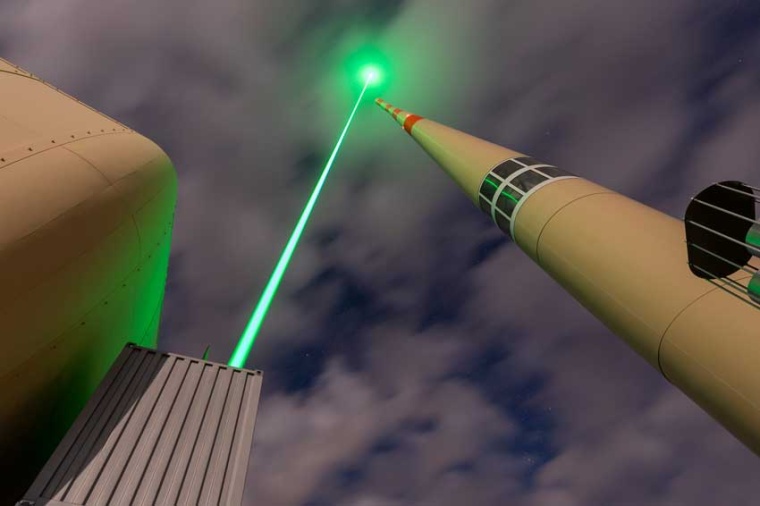
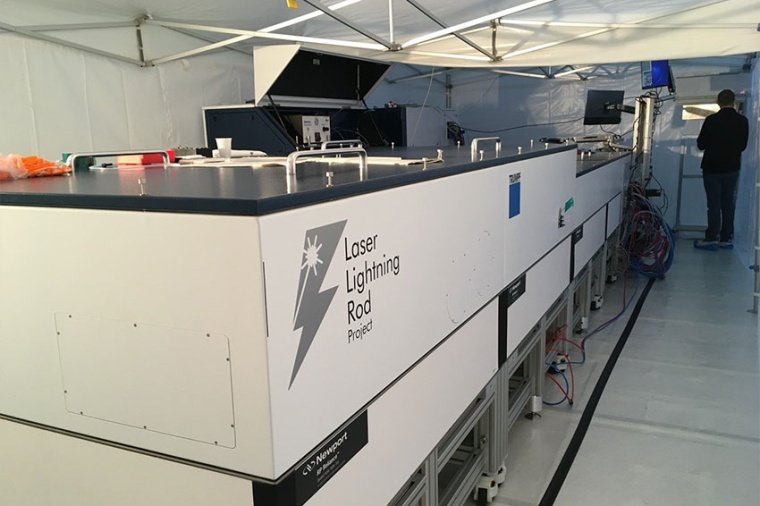
Airports, nuclear power plants, skyscrapers and forests are regularly hit by lightning – and the damage it causes runs to billions of euros each year. In the US alone, storms and lightning strikes cost the economy five billion dollars a year, mostly through disruption to air traffic and damage to aircraft and power lines. To tackle this problem, the EU launched the Laser Lightning Rod (LLR) project. At the heart of the project is the Trumpf laser, which creates a kind of channel through the storm clouds known as a laser filament. Whenever a lightning discharge occurs, the laser filament leaves it no option but to follow this channel and strike the ground in a controlled manner. It cost around two million euros to develop the laser system.
“We’ve put a huge effort into this laser over the past few years to get it ready for its deployment at the summit of Säntis mountain. The laser works perfectly in the lab, and we’re very optimistic that it can control lightning in the atmosphere, too," says Herkommer. The project is led by weather researcher Jean-Pierre Wolf of the University of Geneva. He and his research partners expect to have some preliminary results by the end of summer 2021.
The laser is nine meters long and weighs around five tons – so it was a huge challenge getting it to the top of the mountain. Clemens Herkommer and his project partners separated the laser into its individual components and transported them to the weather station at the summit by cable car and helicopter in late May 2021. After spending the past few weeks putting everything back together and making the laser operational, their weather experiments are now well underway.
Säntis mountain in Switzerland proved to be the perfect choice for the laser lightning rod. Hundreds of lightning bolts strike Säntis during the period of peak thunderstorm activity in June, July and August.
Alongside Trumpf and Prof Wolf, the project also involves the University of Geneva, the French National Center for Scientific Research CNRS, the AMC consultancy firm, the Swiss Federal Institute of Technology Lausanne, the Ariane Group aerospace company and the University of Applied Sciences and Arts Western Switzerland (HES-SO).
Links: The Laser Lightning Rod project, Laboratoire d’Optique Appliquée, ENSTA Paris / CNRS, Palaiseau, France • Laser Lightning Rod, Group of Applied Physics > Biophotonics (J.-P. Wolf), Université de Genève, Switzerland
Company
TRUMPF Scientific Lasers GmbH + Co. KGFeringastr. 10a
85774 München-Unterföhring
Germany
most read

New member of the board of VDMA Robotics + Automation
Dr. Michael Jürgens, CEO of Kuka Robotics, has been appointed to the board of the VDMA trade association.

Qioptiq Photonics becomes Excelitas Germany
The renaming is part of the global consolidation of the Excelitas Group.

Softbank acquires ABB's robotics business
The Softbank Group has reached a definitive agreement to acquire ABB's robotics business.
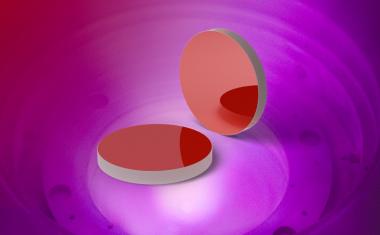
Laser Components: customized laser optics since 1986
Laser Components began coating individual laser optics almost 40 years ago. These are used in laser processes in numerous industries, including medicine, defense and aerospace.
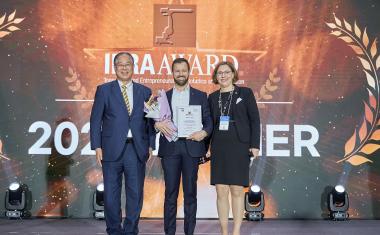
Otto wins IERA Award 2025
Rockwell's robot is an AMR solution that can transport heavy loads in factories and operate in robot fleets of over 100 units.






